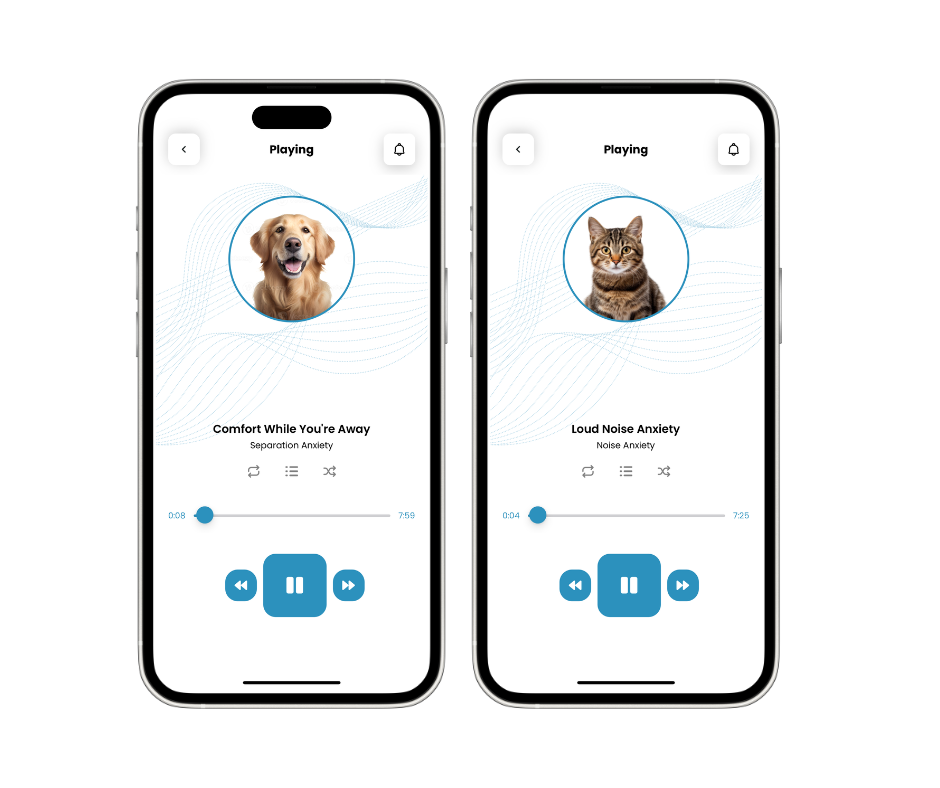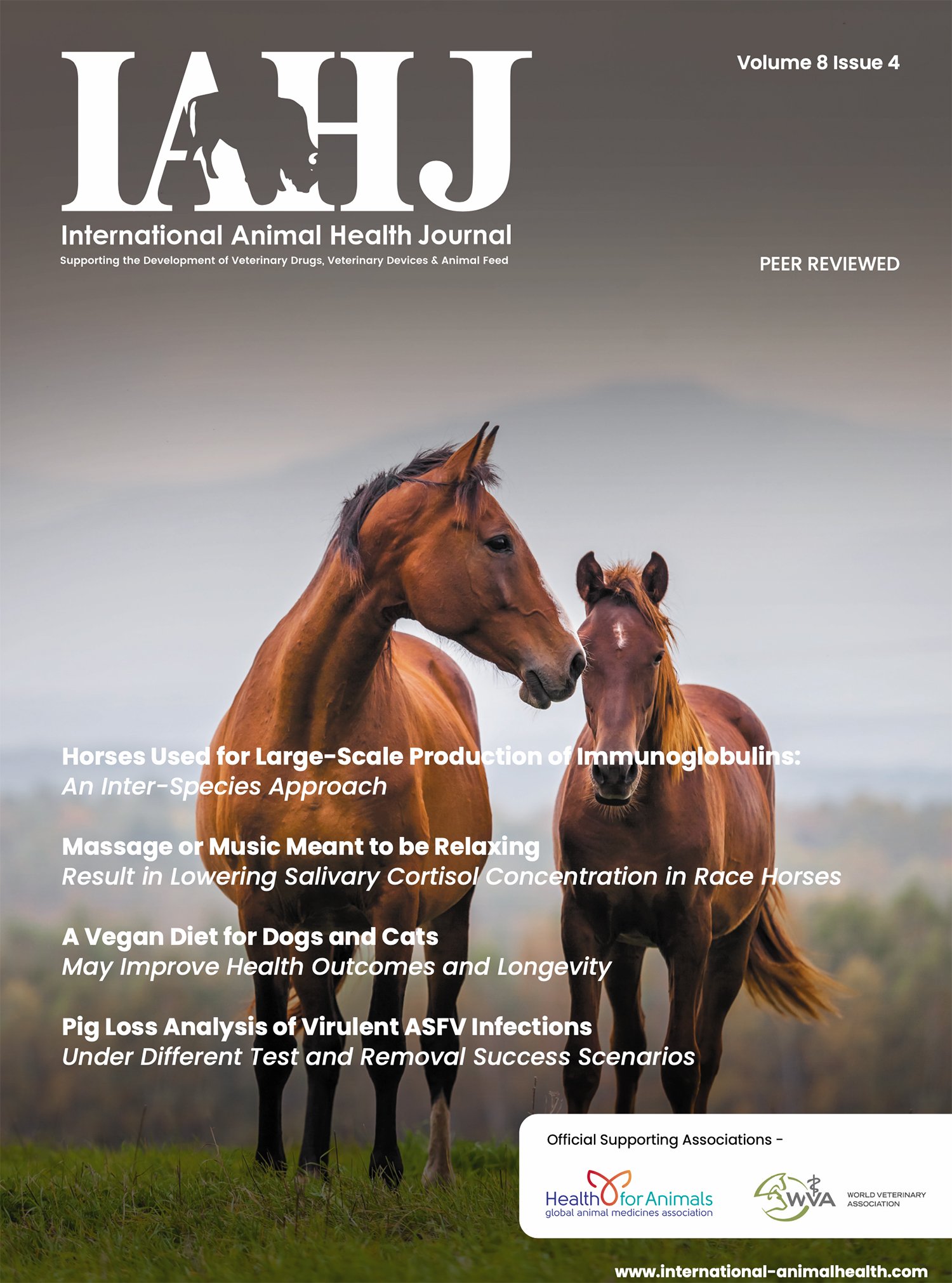New study reveals Pet Acoustics music significantly reduces canine stress more effectively than classical music or silence in a kennel environment.
Pet Acoustics, the pioneering force in animal-specific auditory products, proudly announces a proven discovery in the realm of pet care. A comprehensive biometric study has unequivocally shown that Pet Acoustics music reduces stress levels in dogs more effectively than classical music and no music, revolutionizing how we care for our canine companions in kennels and beyond.
Unprecedented Findings
Stress Reduction
Dogs exposed to Pet Acoustics music had less stress behaviors measured by the PetPace™ Smart Collar. The PetPace™ biometric collar worn by 12 dogs showed a higher heart rate variability (HRV), lowered pulse rates and calmer activity levels showcasing the profound impact of the Pet Acoustics tailored auditory experience.The study was collaborated with the Co-Founder of PetPace™, Dr. Asaf Dagan.Outperforms Classical Music
While classical music has been praised for its soothing effects, Pet Acoustics music, meticulously crafted for canine ears, outperformed classical compositions in reducing stress indicators, setting a new standard in pet care.Reality of No Music
Dogs in the no-music group exhibited heightened anxiety and stress, with higher pulse rates, and more frequent stress-related behaviors, highlighting the necessity of auditory intervention for canine well-being.
Comprehensive Study Methodology
This six week groundbreaking study canines were recruited from Educated Canines Assisting with Disabilities (ECAD, Torrington, CT, US), an Assistance Dog International (ADI) accredited service dog organization. Lu and Dale Picard, Founders of ECAD, reviewed the study for animal welfare and safety considerations and based on the non-invasive biometric monitoring parameters and non-invasive music/ sound interventions agreed to have 12 service dogs in training participate in the study.
Janet Marlow, CEO and Founder of Pet Acoustics, states, “This is a monumental validation of our mission to enhance animal lives through scientifically-backed music. These findings, published and peer reviewed in the International Animal Health Journal highlight the critical importance of tailored auditory solutions for pets, and we are thrilled to lead this transformative movement.” A ten-minute documentary of the study is posted Pet Acoustics’ Youtube channel.
Impactful Implications for Kennel and Home Management
The study’s results suggest that incorporating Pet Acoustics music into kennel environments can revolutionize stress management, creating a more serene atmosphere for animals and staff alike. This breakthrough offers an invaluable tool for kennel operators, veterinary clinics, and pet parents dedicated to optimizing the welfare of dogs under their care.
About Pet Acoustics
Pet Acoustics is at the forefront of improving animal lives through innovative music products such as Pet Tunes Canine and Pet Tunes Pro designed for specific species. Their cutting-edge solutions cater to the unique auditory sensitivities of dogs, cats, horses, birds, and small animals. Trusted by pet parents and professionals worldwide, Pet Acoustics continues to set new benchmarks in animal well-being.












































